
The concept of law has been around for thousands of years, but the first written legal code is believed to have been created by the Babylonian king Hammurabi in 1754 BCE. This code, known as the Code of Hammurabi, was engraved on a large stone tablet and contained 282 laws.
The Code of Hammurabi
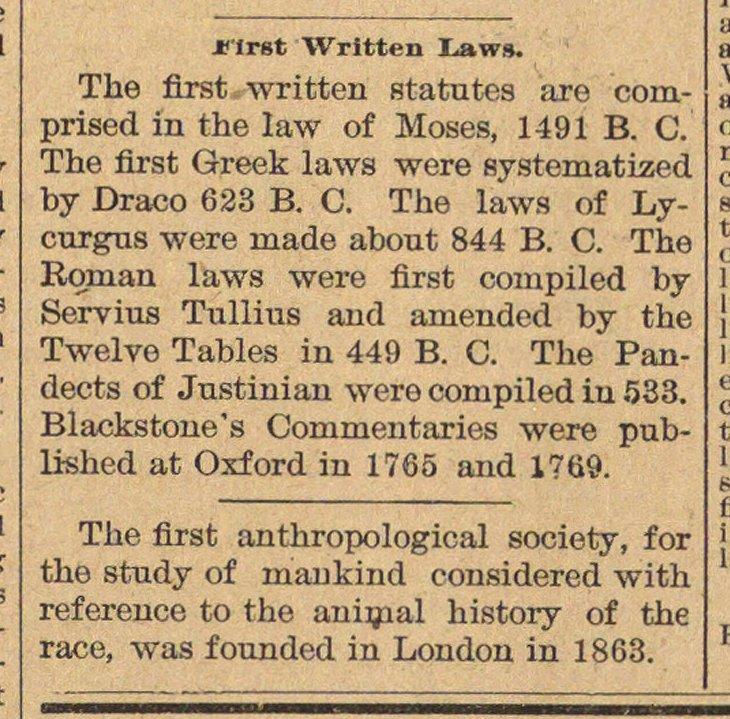
The Code of Hammurabi was created to establish a set of rules and regulations for the Babylonian people to follow. It covered a wide range of topics, including property rights, labor laws, and criminal justice. The code was written in cuneiform script, which was the writing system used in ancient Mesopotamia.
The Code of Hammurabi is divided into three sections. The first section deals with family law, such as marriage and divorce. The second section covers property rights and commerce, while the third section is concerned with criminal law and punishment.
The punishments outlined in the Code of Hammurabi were often severe, and included amputation, branding, and death. However, the severity of the punishment often depended on the social status of the person who committed the crime.
Influence on Modern Legal Systems

The Code of Hammurabi was one of the earliest attempts at creating a written legal code, and it had a significant impact on the development of legal systems around the world. Many of the laws contained in the code are still relevant today, such as the principle of "an eye for an eye."
The Code of Hammurabi also helped establish the idea that the law should be written down and made available to the public. This concept has been adopted by many modern legal systems, including those in the United States and Europe.
Conclusion
The first written legal code, the Code of Hammurabi, was created over 3,700 years ago by the Babylonian king Hammurabi. This code contained 282 laws and covered a wide range of topics, including family law, property rights, and criminal justice. The Code of Hammurabi had a significant impact on the development of legal systems around the world, and many of its principles are still relevant today.
Related video ofFirst Written Legal Code
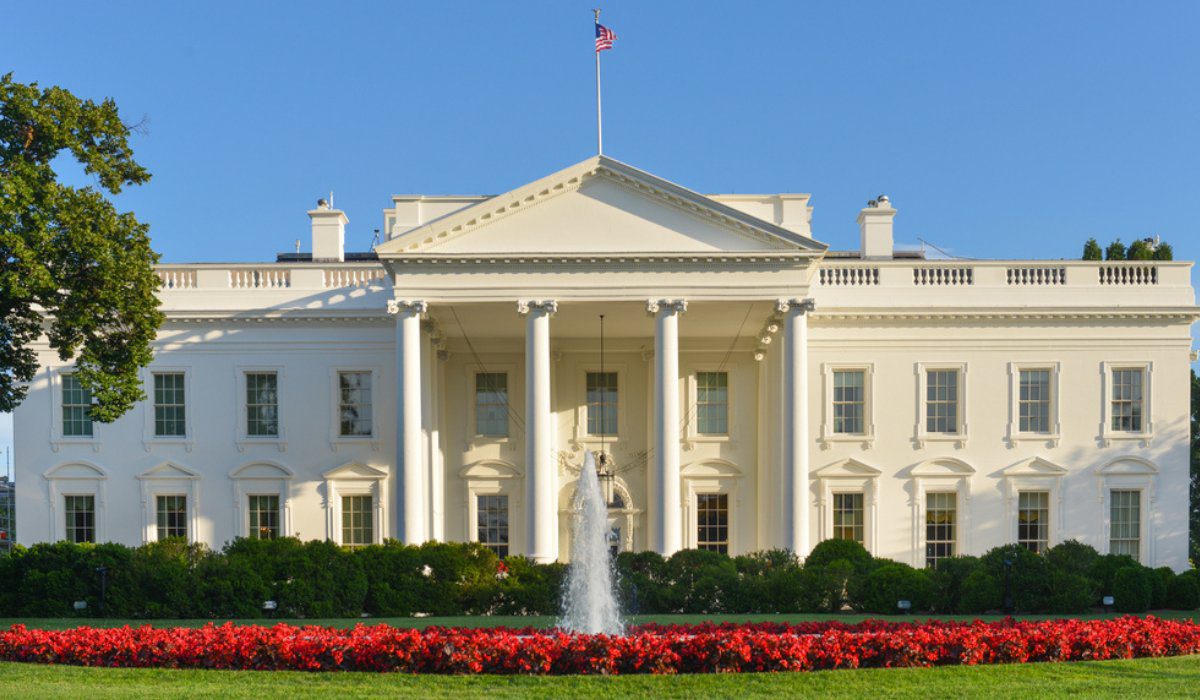
Introduction
The White House is the official residence and workplace of the President of the United States. It is located in Washington D.C., the capital city of the United States. The White House has served as the home of every US President since John Adams in 1800. However, not all presidents have lived in the White House during their tenure. In this article, we will discuss the first US President who lived in the White House.
The First President to Live in the White House
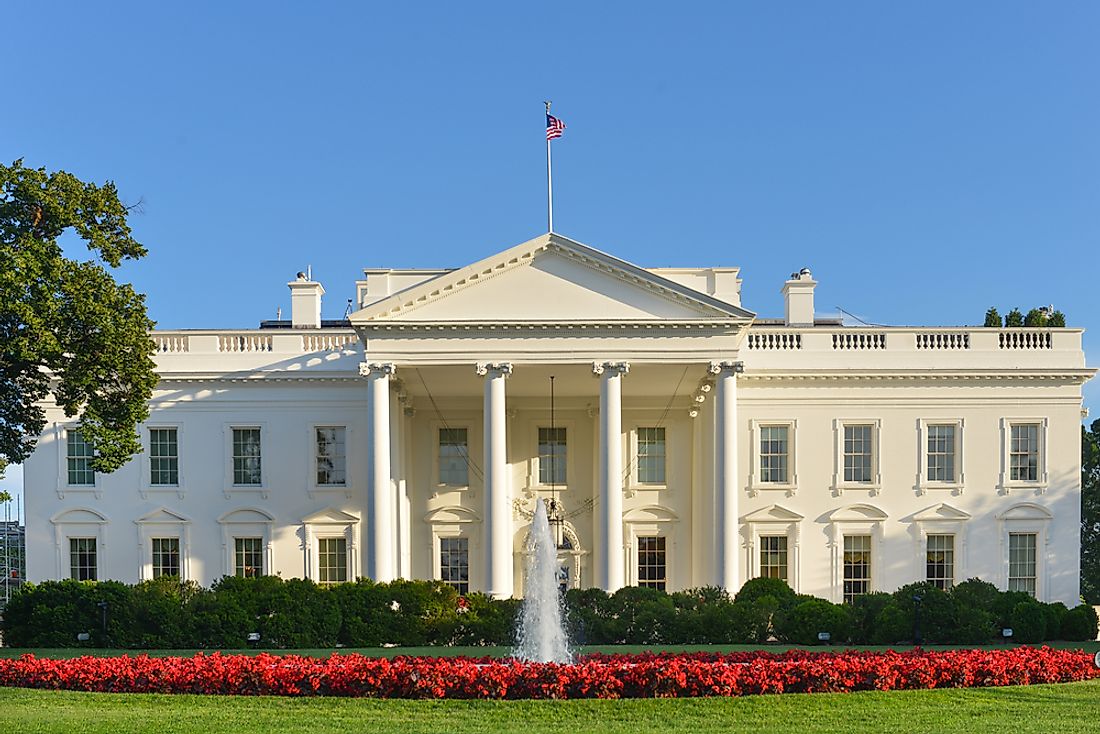
The first US President to live in the White House was John Adams, the second President of the United States. Adams and his wife, Abigail, moved into the White House on November 1, 1800, while the building was still unfinished. They were the first occupants of the President's House, as it was then called.
The Early Days of the White House

When John Adams moved into the White House, the building was still under construction. The White House was designed by Irish-born architect James Hoban and was built between 1792 and 1800. It was originally called the President's Palace or the President's House, but it came to be known as the White House because of its distinctive white-painted exterior.
The White House During Adams' Presidency
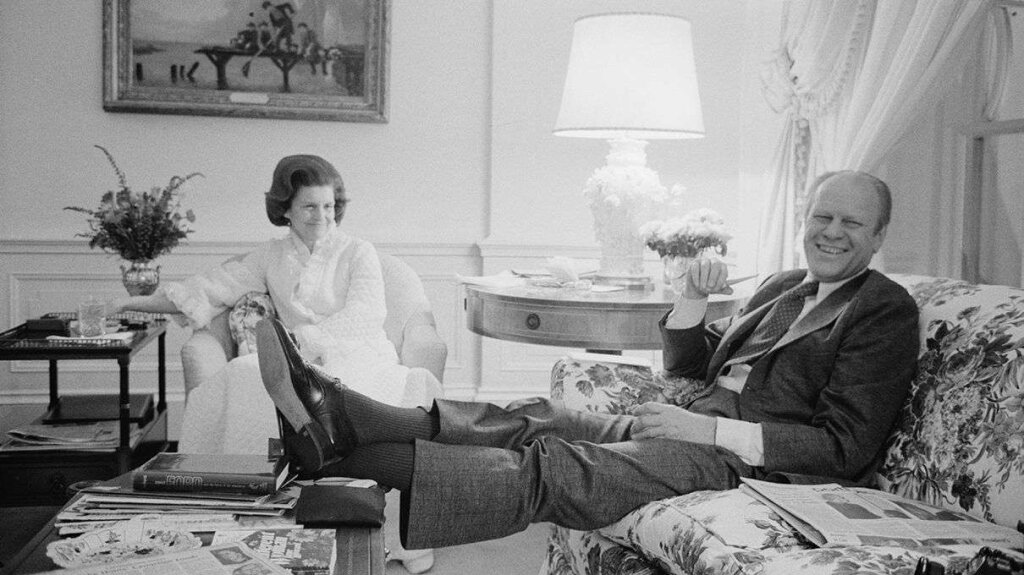
John Adams lived in the White House for only four months before his term as President ended in March 1801. During his brief tenure in the White House, Adams oversaw the completion of the building and made some minor changes to the interior. He also installed the first central heating system in the White House.
The White House After Adams

After John Adams left the White House, his successor, Thomas Jefferson, made some significant changes to the building. Jefferson added a south terrace and a colonnade to the building's north side. He also installed a water closet in the White House, making it one of the first homes in the United States to have indoor plumbing.
Conclusion
The White House has been the residence and workplace of every US President since John Adams. Adams was the first President to live in the White House, and he oversaw the completion of the building during his short tenure. Since then, the White House has undergone many changes and renovations, but it remains an iconic symbol of American democracy.
Related video of First US President to Live in White House
The concept of shopping malls has been around for centuries, but the first shopping mall in America was built in the mid-20th century. Southdale Center, located in Edina, Minnesota, was the first fully enclosed, climate-controlled shopping mall in the United States. It opened in 1956 and quickly became a popular destination for shoppers from all over the country.
The History of Shopping Malls

The idea of a shopping mall began in ancient Rome, where people would gather in a central location to buy goods and socialize. In the United States, the first shopping center was built in Kansas City in 1922. However, it was not until after World War II that the idea of a fully enclosed shopping mall caught on.
The Creation of Southdale Center

In the early 1950s, a developer named Victor Gruen proposed a new kind of shopping center that would be fully enclosed and climate-controlled. His goal was to create a place where people could shop, dine, and socialize in a comfortable and enjoyable environment. Gruen found a partner in the Dayton Company, which owned a successful department store in Minneapolis. Together, they created Southdale Center.
The Design of Southdale Center

Southdale Center was designed to be a community gathering place, with a central courtyard, fountains, and lush landscaping. The mall was also designed to be a pedestrian-friendly environment, with plenty of benches and seating areas for shoppers to rest and socialize. The mall was anchored by a Dayton's department store, and it featured a variety of specialty shops, restaurants, and services.
The Impact of Southdale Center

Southdale Center was an immediate success, and it quickly became a model for other shopping malls around the country. The mall was credited with creating a new kind of retail experience, where shoppers could browse in comfort and convenience. It also helped to spur the growth of suburban communities, as people flocked to the new shopping centers that were springing up around the country.
The Evolution of Shopping Malls
/103248700-1--56b007253df78cf772cb2fd0.jpg)
Since the opening of Southdale Center, shopping malls have continued to evolve and change. Many malls have added entertainment venues, such as movie theaters and arcades, to attract younger shoppers. Others have added upscale restaurants and boutique stores to cater to more affluent shoppers. Despite these changes, however, the basic concept of the shopping mall remains the same: a place where people can shop, dine, and socialize in a comfortable and convenient environment.
The Future of Shopping Malls
The future of shopping malls is uncertain, with many experts predicting that online shopping will eventually make traditional malls obsolete. However, others believe that malls will continue to evolve and adapt, offering unique experiences and services that cannot be found online. Only time will tell what the future holds for shopping malls in America and around the world.
Conclusion
The first shopping mall in America, Southdale Center, was a revolutionary concept that changed the way people shop and socialize. It was designed to be a community gathering place, with a central courtyard and lush landscaping. Since then, shopping malls have continued to evolve and change, offering new experiences and services to shoppers. While the future of shopping malls is uncertain, they will always hold a special place in American culture and history.
Related video of First Shopping Mall in America

The first President of the United States before George Washington was John Hanson. He served as the President of the Continental Congress from November 5, 1781, until November 4, 1782. This was a crucial period in the history of the United States as the country was still fighting for its independence from Great Britain.
John Hanson was born on April 3, 1715, in Charles County, Maryland. He was of English descent and was one of the wealthiest men in Maryland at the time. Hanson was also a member of the Maryland House of Delegates and the Continental Congress before he became the President of the Continental Congress.
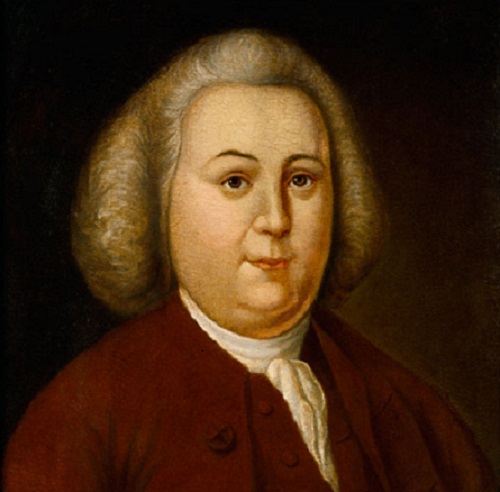
Hanson's Presidency
During his presidency, Hanson had to deal with several issues, including financing the war, supplying the troops, and negotiating with foreign powers. He also had to deal with the aftermath of the surrender of General Cornwallis at Yorktown, which effectively ended the Revolutionary War.
One of the most significant achievements of Hanson's presidency was the signing of the Articles of Confederation on March 1, 1781. The Articles of Confederation served as the first constitution of the United States and provided a framework for the government until it was replaced by the current Constitution in 1789.
Hanson's Legacy
Despite his contributions to the country, Hanson is relatively unknown today. This is partly due to the fact that the office of the President of the Continental Congress was largely ceremonial and did not have the same powers as the President of the United States under the current Constitution.
Furthermore, Hanson did not leave behind any written records of his presidency. This has made it difficult for historians to study his time in office and understand his contributions to the country.
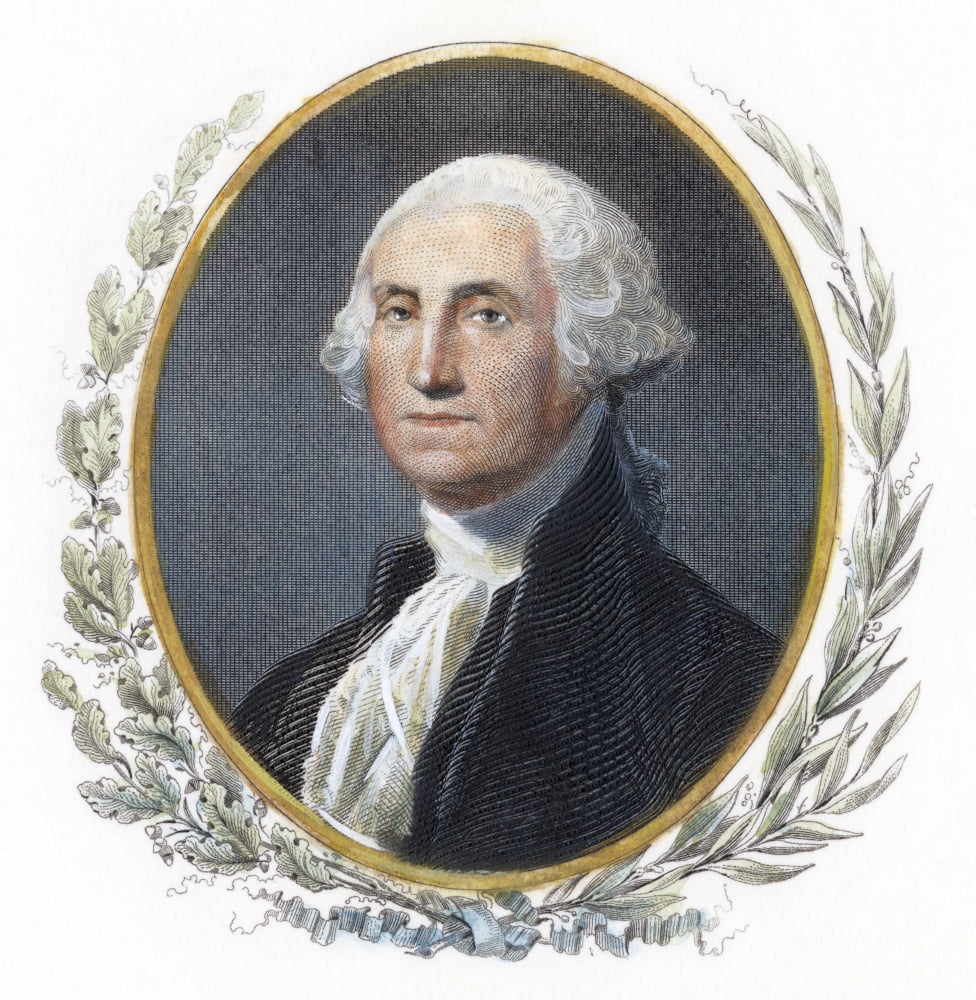
Conclusion
John Hanson was the first President of the United States before George Washington. He served as the President of the Continental Congress and played a crucial role in the country's fight for independence from Great Britain. Although he is relatively unknown today, Hanson's contributions to the country cannot be overlooked.
Related video of First President Of The United States Before George Washington

Introduction
India is a diverse country with a rich culture and heritage. One of the most interesting aspects of Indian culture is the naming convention. In India, names are not just a way to identify a person, but they also have a deeper meaning and significance. In this article, we will explore the tradition of first name and last name in India.
First Name in India
In India, the first name is also known as the given name. The first name is usually chosen by the parents and is given to the child at the time of birth. In Indian culture, the first name is often chosen based on the child's horoscope or astrological chart. The first name can also be chosen based on the child's birthplace or the family's ancestral village.

The first name in India can also be based on the child's gender. For example, male children are often given names that have a masculine meaning, while female children are given names that have a feminine meaning. In some cases, the first name can also be based on the child's birth order.
Last Name in India
In India, the last name is also known as the family name or surname. The last name is usually inherited from the father's side of the family. In some cases, the last name can also be inherited from the mother's side of the family.

The last name in India can also be based on the family's profession or occupation. For example, people belonging to the Brahmin caste often have last names that indicate their profession as priests. Similarly, people belonging to the Kshatriya caste often have last names that indicate their profession as warriors.
Changing Names in India
In India, it is common for people to change their first or last name for various reasons. Some people change their name for astrological reasons, while others do it for personal or professional reasons. However, changing one's name is not a common practice in Indian culture.

Conclusion
The tradition of first name and last name in India is unique and interesting. In Indian culture, names are not just a way to identify a person, but they also have a deeper meaning and significance. Whether it is the first name or the last name, names play an important role in Indian culture and tradition.
Related video of First Name And Last Name In India

Today, the microwave oven is an essential part of every kitchen. It's hard to imagine a time without it. However, there was a time when microwaves didn't exist. In this article, we'll explore the history of the first microwave ever made.
Who Invented the Microwave?
The microwave oven was invented by Percy Spencer in 1945. Spencer was an engineer who worked for the Raytheon Corporation. He was conducting experiments with a magnetron, a device that generates microwaves, when he noticed that the candy bar in his pocket had melted. This led him to realize that microwaves could be used to cook food.
How Was the First Microwave Made?
The first microwave oven was called the Radarange. It was huge and expensive, weighing almost 750 pounds and costing about $5,000. The Radarange was designed for commercial use, and the first model was installed in a restaurant in Boston in 1947. It wasn't until the 1960s that smaller, more affordable microwave ovens became available for home use.
How Do Microwaves Work?

Microwaves work by using electromagnetic radiation to heat up food. When microwaves are generated, they pass through the food and cause the water molecules inside to vibrate. This causes the food to heat up quickly and evenly. The microwaves are absorbed by the food, so the food itself doesn't get hot enough to cause a fire.
Advantages of Using a Microwave

There are several advantages to using a microwave. First of all, it's quick and easy. You can cook or reheat food in just a few minutes. Second, it's energy efficient. Microwaves use less energy than conventional ovens because they heat up the food directly, rather than heating up the air around it. Finally, it's convenient. You can cook or reheat food right in the container you're going to eat it from, saving you time and dishes.
Disadvantages of Using a Microwave

While there are advantages to using a microwave, there are also some disadvantages. First of all, some people believe that microwaves can be harmful to your health. There is some evidence that the radiation from microwaves can cause cancer or other health problems. However, most experts agree that microwaves are safe when used correctly. Second, microwaves can sometimes cause food to become dry or rubbery. Finally, some people just don't like the taste of food that's been cooked in a microwave.
Conclusion
The first microwave ever made was invented by Percy Spencer in 1945. Since then, the microwave has become an essential part of every kitchen. While there are some disadvantages to using a microwave, the advantages outweigh them for most people. Whether you're cooking a meal from scratch or just reheating leftovers, the microwave is a quick, easy, and convenient way to get the job done.
Related video of First Microwave Ever Made
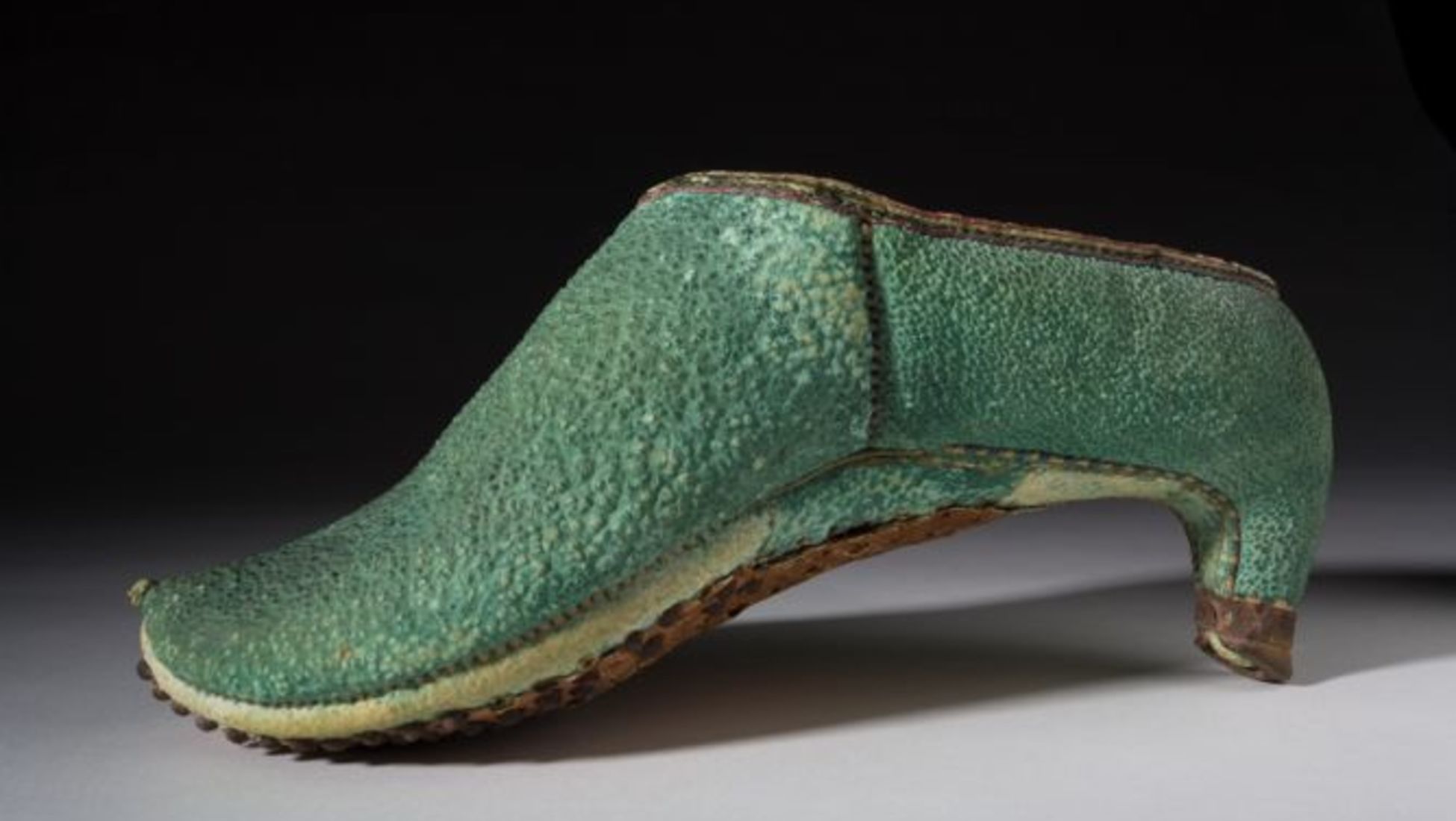
High heels are an essential part of women's fashion, but do you know when the first high heel shoe was made? The history of high heels dates back to the 16th century, and since then, high heels have evolved into various styles and designs.
History of High Heels

The history of high heels can be traced back to Persia, where soldiers wore heeled shoes to help them stay on their horses' stirrups. The trend then spread to Europe, where men and women wore high-heeled shoes to indicate their social status.
In the 18th century, high heels became a popular fashion accessory for women, and the shoe's design evolved to include more intricate details and decorations.
The First High Heel Shoe

The first high heel shoe ever made was designed for Catherine de' Medici in the 16th century. Catherine was the wife of King Henry II of France and was known for her love of high heels.
The shoes were designed with a two-inch heel to give Catherine extra height, and the design of the shoe was inspired by the Persian heeled shoes worn by soldiers. The shoes were made by an Italian cobbler and were made with silk and leather.
Evolution of High Heel Shoes

Over the years, high heel shoes have evolved into various styles and designs. From stilettos to wedges, high heels have become a staple in women's fashion.
In the 1920s, high heel shoes became more practical, and designers started creating shoes that were more comfortable to wear. The design of the shoe also started to change, and shoes were made with different materials such as plastic and rubber.
The Impact of High Heel Shoes

High heel shoes have had a significant impact on women's fashion and society as a whole. Historically, high heels were worn by men and women to indicate their social status, but today, high heels are worn as a fashion accessory.
High heel shoes have also been associated with power and confidence, and many women feel more confident and empowered when wearing high heels.
Conclusion
The first high heel shoe ever made was designed for Catherine de' Medici in the 16th century, and since then, high heel shoes have evolved into various styles and designs. High heels have had a significant impact on women's fashion and society as a whole, and they continue to be a staple in women's fashion today.
Related video of First High Heel Shoe Ever Made

Monday, also known as the first day of the week, is often associated with new beginnings and fresh starts. For many people, Monday marks the start of a new work week and the end of the weekend. While some people may dread Mondays, others view it as an opportunity to set new goals and tackle new challenges.
The Origin of Monday

The origin of Monday can be traced back to ancient times when the seven-day week was first created. The ancient Babylonians were the first to create a seven-day week, which included a day of rest. The Romans later adopted this system, but named each day of the week after a different planet. Monday was named after the Moon, which was associated with the goddess Luna.
Monday Blues
Many people experience the "Monday Blues," a feeling of sadness or anxiety that often accompanies the start of a new work week. This feeling can be caused by a variety of factors, including stress, lack of sleep, and the pressure to perform well at work. However, there are ways to combat the Monday Blues, such as practicing self-care, setting achievable goals, and taking breaks throughout the day.
The Importance of Monday

Monday is an important day of the week because it sets the tone for the rest of the week. How you start your Monday can often determine how the rest of your week will go. By starting the week off with a positive attitude and a clear plan of action, you can set yourself up for success.
Monday Motivation

Many people use Monday as a day to set new goals and find motivation for the week ahead. This can be done by creating a to-do list, setting achievable goals, and finding inspiration from others. Social media platforms, such as Instagram and Twitter, are filled with motivational quotes and images to help people find the motivation they need to start their week off on the right foot.
Monday Routines

Establishing a Monday routine can help make the transition from the weekend to the work week easier. This can include setting aside time for exercise, planning out meals for the week, and preparing for the work week ahead. By establishing a routine, you can help reduce stress and increase productivity throughout the week.
Monday Workouts

For many people, Monday is the perfect day to start a new workout routine. This is because it sets the tone for the rest of the week and helps establish a healthy habit. By starting with a workout on Monday, you can help increase your energy levels and improve your overall mood for the rest of the day.
Monday Productivity

Monday is often viewed as the most productive day of the week. This is because it is the day when people are most likely to set new goals and tackle new challenges. By prioritizing tasks and focusing on productivity on Monday, you can set the tone for a productive week ahead.
Monday Meetings

Many companies schedule meetings for Monday mornings to help set the tone for the rest of the week. These meetings can help establish goals, review progress, and plan for the week ahead. By starting the week with a meeting, companies can help ensure that everyone is on the same page and working towards the same goals.
Monday Traditions

Some families and cultures have established traditions for Monday. For example, in many countries, Monday is the day when people eat a special meal or celebrate a religious holiday. Establishing traditions can help create a sense of community and provide a sense of comfort and familiarity.
Monday Quotes

Many famous quotes have been written about Monday, including "Monday is a fresh start. It's never too late to dig in and begin a new journey of success" by Unknown. Reading motivational quotes can help provide inspiration and motivation for the week ahead.
Monday Self-Care

Practicing self-care on Monday can help reduce stress and improve overall well-being. This can include taking a relaxing bath, meditating, or doing something that brings you joy. By taking care of yourself on Monday, you can set the tone for a positive and productive week ahead.
Monday Mindset

The mindset you have on Monday can often determine how the rest of your week will go. By adopting a positive mindset and focusing on the opportunities and possibilities that the week ahead presents, you can set yourself up for success. This can be done by practicing gratitude, visualizing success, and setting achievable goals.
Monday Challenges

Monday can often present challenges, such as a heavy workload or difficult tasks. However, by approaching these challenges with a positive attitude and a clear plan of action, you can overcome them and set yourself up for success. This can be done by breaking down tasks into smaller, more manageable steps and seeking help or guidance when needed.
Monday Focus

By focusing on your goals and priorities on Monday, you can set the tone for a productive and successful week. This can be done by creating a to-do list, prioritizing tasks, and avoiding distractions. By staying focused on what is important, you can make the most of your time and achieve your goals.
Monday Inspiration

Finding inspiration on Monday can help provide motivation and energy for the week ahead. This can be done by seeking out positive role models, reading motivational literature, or engaging in activities that bring you joy. By finding inspiration, you can set yourself up for success and make the most of the week ahead.
Monday Reflection

Reflecting on the week ahead on Monday can help provide clarity and direction. This can be done by reviewing your goals, assessing your progress, and making any necessary adjustments. By taking time to reflect, you can ensure that you are on track to achieve your goals and make the most of the week ahead.
Monday Success

By approaching Monday with a positive attitude and a clear plan of action, you can set yourself up for success. This can be done by setting achievable goals, prioritizing tasks, and focusing on what is important. By making the most of your time and resources on Monday, you can achieve success and make the most of the week ahead.
Conclusion
Monday, the first day of the week, is often associated with new beginnings and fresh starts. While some people may dread Mondays, others view it as an opportunity to set new goals and tackle new challenges. By adopting a positive mindset and focusing on the opportunities and possibilities that the week ahead presents, you can set yourself up for success. Whether you use Monday as a day to establish new routines, find motivation, or reflect on the week ahead, it is an important day that can set the tone for the rest of the week.